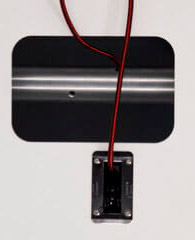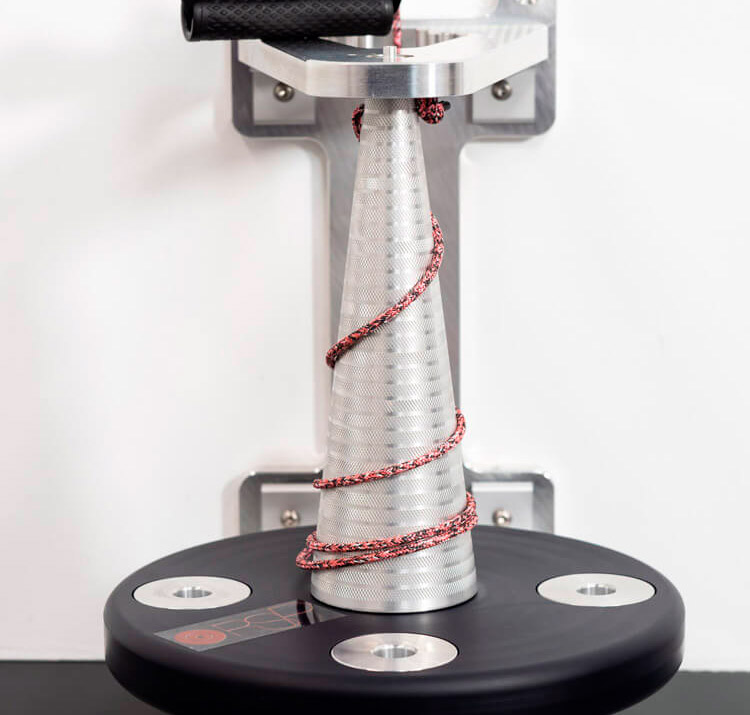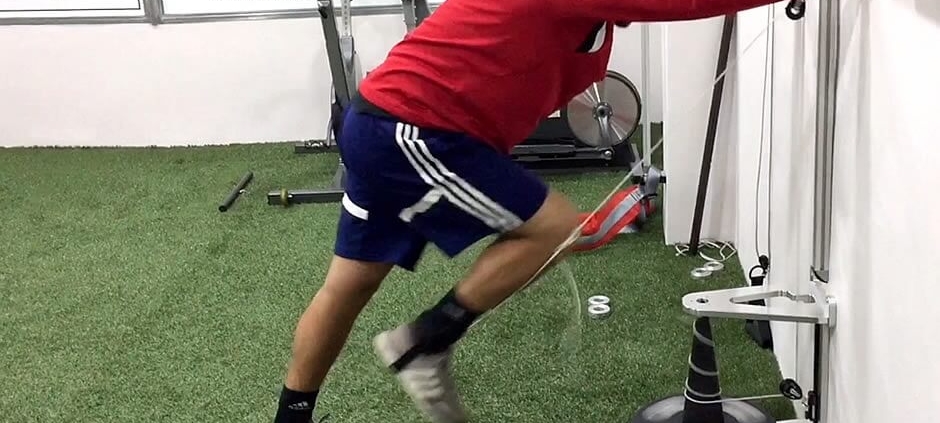What is an inertial machine for?
Introduction
Inertial machines are already common elements in sports performance, but if we start looking for a concrete answer to the question with which we started this article, the divergences begin.
It is important to emphasize that these machines were born with a clear objective which was to solve a health problem in a specific situation (weightlessness), I say this because sports performance and its needs are far from the needs that normal persons may have for their daily activities. We just have to take any sport where an implement is used as an example to see this. To try to win the Tour de France we won ́t use the bike designed for riding in a park, to win a Grand Slam we won ́t see anyone using a steel racket, nor will we see anyone on the Moto GP grid with a street bike. This reflection is very important since sports performance is based on details that make small differences that make some better than others.
To solve this question and to know if these machines have any application to improve the sports performance, has been our goal since 2008 when we started to develop and work with these products.
Objectives of an inertial machine
We must start by defining the tool in order to be able to define its use in an argued way, inertial machines have the objective of improving the braking capacity of the athlete for a very simple reason, it is the only strength training system in which the load does not move linearly sharing direction and sense with the movement of the athlete, this causes a fundamental change in the dynamics of the load that makes it a unique system. While in other systems for force work the transition from the concentric phase to the eccentric phase occurs at speed 0, it coincides with the end of the articulate path.
In inertial machines, the load when turning on itself does not maintain the directions and sense of our movement (that is why they are called YoYo type) and this makes that in the concentric-eccentric transition it is only the sportsman who changes the sense of his movement while the machine maintains its initial sense of rotation. This difference is what makes them unique and this is why these machines develop the ability to brake, because the load has speed at the beginning of the eccentric phase and that is why we have to brake it.
Understanding this is the basis for being able to take advantages of inertial machines as their different components will define how the machine will respond to the application of force by the athlete.
Typology
Inertial machines are grouped into two types defined by the design of their axis:
- Fixed radius machines: These machines have an axis with a fixed radius in all its dimension, it is a cylinder. The most important characteristic of this machine is that the variation in the rotation speed of the machine has a direct relationship with the application of force by the athlete, so that the more force the athlete applies, the faster the machine will rotate.
- Variable radius machines: These machines are known as conical pulleys because they have a cone shaped shaft. The most important characteristic of these machines is that they help the sportsman to accelerate because the movement begins by applying force to the area with the largest radius of the shaft, facilitating acceleration, and as the machine gains speed, the radius on which we apply force to the shaft is reduced, favouring a higher speed. The effect is the same as changing the gear of our car and achieving a higher final speed.
 |
 |
| Detail of fixed radius RSP Squat | RSP CONIC variable radius machine |
Above the shaft there is the flywheel, a disk that is attached to the shaft forming an assembly that will rotate in block on itself. The characteristics of these two elements (shaft and flywheel) will define the response of the machine to the application of force, the flywheel will determine the minimum value of force for the machine to start turning and then stop, and the characteristics of the shaft will determine the speed of rotation of the machine at the same force applied.
In summary, with the same force applied:
- The higher the moment of inertia of the machines, the longer it will take to start and stop.
- The larger the diameter of the shaft, the higher the speed of rotation.
Written by:
- Ramón Lago
- Eduardo Domínguez




